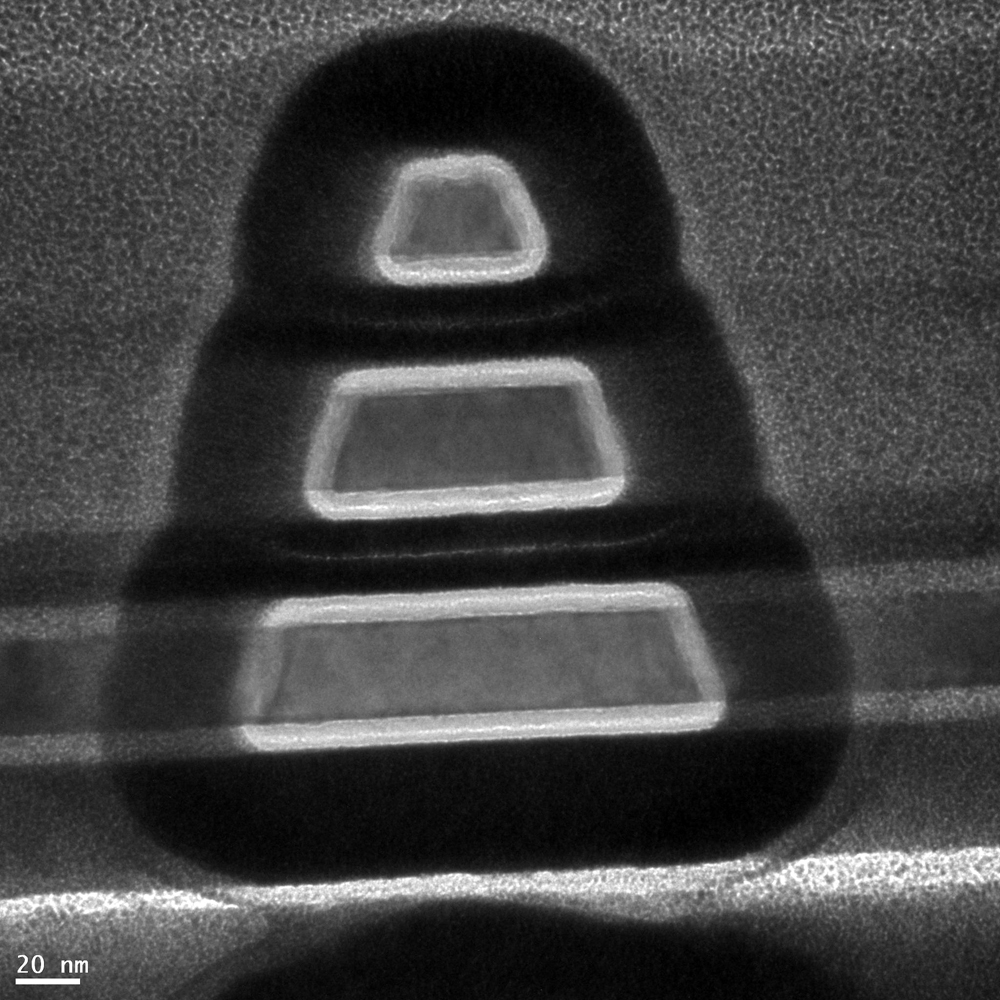Silicon Alternative Could Bring Faster, More Compact Circuits

This Research in Action article was provided to LiveScience in partnership with the National Science Foundation.
A new type of ‘4-D’ transistor could represent a big advance for the semiconductor industry. The transistor contains three nanowires made from indium-gallium-arsenide (InGaAs), as opposed to silicon. The three nanowires are progressively smaller, resulting in a cross-section that is shaped like a Christmas tree.
InGaAs is a semiconductor made of indium, gallium and arsenic, and is being investigated as an alternative to silicon that could allow for smaller transistors.
The NSF-funded researchers built on previous work in which researchers created 3-D instead of flat transistors. Their approach could lead to faster, more compact and efficient integrated circuits and lighter laptops that generate less heat.
The researchers from Purdue and Harvard universities showed how to improve device performance by linking 3-D transistors vertically in parallel. "A one-story house can hold so many people but, more floors, more people; and it's the same thing with transistors," said Peide "Peter" Ye, a professor of electrical and computer engineering at Purdue. "Stacking them results in more current and much faster operation for high-speed computing. This adds a whole new dimension, so I call them 4-D."
The work is led by Purdue doctoral student Jiangjiang Gu and Harvard postdoctoral researcher Xinwei Wang.
Sign up for the Live Science daily newsletter now
Get the world’s most fascinating discoveries delivered straight to your inbox.
Editor's Note:
Any opinions, findings, and conclusions or recommendations expressed in this material are those of the author and do not necessarily reflect the views of the National Science Foundation. See the Research in Action archive.











